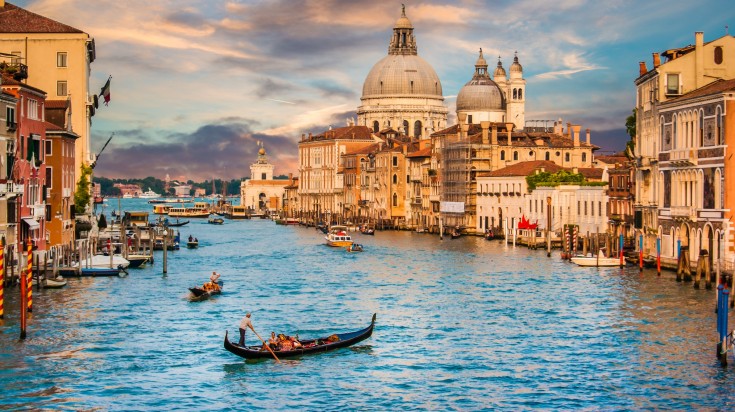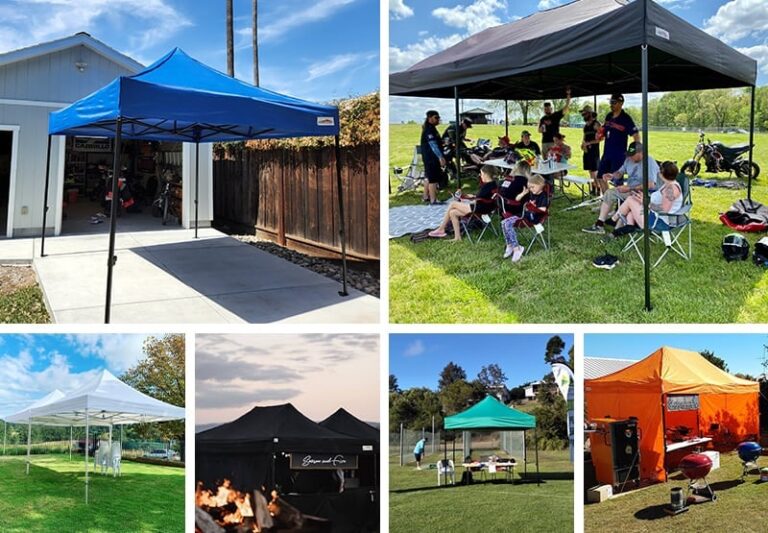Things to Do in Italy: A Journey Through Italy’s Historic Markets
When it comes to capturing the essence of Italy, there are few experiences as vivid and memorable as wandering through its bustling historic markets. These markets have been at the heart of Italian life for centuries, offering locals and visitors a rich tapestry of sights, sounds, and flavors. Each market is a unique experience, brimming with regional produce, artisanal goods, and an atmosphere that tells the story of Italy’s vibrant culture.
Exploring Italy’s markets is one of the most rewarding things to do in Italy for travelers who want to connect with the country’s traditions and meet the people behind its famous culinary delights. From the coastal towns of Sicily to the bustling streets of Florence, Italy’s historic markets provide an immersive experience that goes far beyond the typical sightseeing itinerary.
1. Campo de’ Fiori, Rome: A Morning Among the Flowers
In the heart of Rome lies Campo de’ Fiori, a lively square that transforms into a bustling market every morning. Named after the “field of flowers” that once grew here, the market is a feast for the senses. Vendors sell a colorful array of fresh fruits, vegetables, flowers, and herbs, while the air is filled with the aroma of freshly baked bread and Italian cheeses. Whether you’re picking up some juicy figs or chatting with a vendor about the best type of pasta to pair with a particular sauce, Campo de’ Fiori offers an authentic glimpse into Roman daily life.
A visit to this market is about more than just shopping; it’s about savoring the experience of Italian culture. Grab a slice of pizza al taglio (pizza by the slice) from a nearby stall and watch as locals bargain over their produce. If you’re looking for things to do in Italy that offer a genuine taste of tradition, Campo de’ Fiori should be on your list.
2. Mercato di San Lorenzo, Florence: A Renaissance of Flavors
Florence, the birthplace of the Renaissance, is not just about art galleries and cathedrals—it’s also a city of incredible food. Mercato di San Lorenzo, or the Central Market, is a two-story building filled with everything a food lover could desire. On the ground floor, you’ll find stalls brimming with local specialties like pecorino cheese, Tuscan olive oil, and the famous lampredotto (a traditional Florentine tripe sandwich).
On the upper floor, there’s a modern food court where you can sit down and enjoy a freshly prepared meal. The market offers a chance to taste some of the best of Tuscan cuisine, while also offering insight into the region’s culinary traditions. Whether you’re interested in tasting aged prosciutto or sipping on a glass of Chianti, Mercato di San Lorenzo is a must-visit for anyone interested in experiencing authentic Italian flavors.
3. La Pescheria, Catania: A Fish Market with Character
Catania, a vibrant city on the eastern coast of Sicily, is home to one of Italy’s most iconic fish markets—La Pescheria. Located just off Piazza del Duomo, this market has been an integral part of Catania’s culture for generations. Here, you’ll find an impressive array of seafood, from giant swordfish to plump shrimp, freshly caught from the Mediterranean Sea.
The market is a sensory overload in the best possible way: fishmongers shout their prices, the smell of the sea lingers in the air, and the tables are piled high with the day’s catch. Even if you’re not planning to cook, a visit to La Pescheria is a fascinating cultural experience, showcasing the strong connection between Sicily and the sea. Nearby, you can also find cheese vendors, butchers, and spice stalls, adding even more variety to this bustling market.
4. Mercato di Rialto, Venice: Fresh Produce on the Canals
Venice may be known for its canals, but it also boasts a fantastic market—Mercato di Rialto. Located near the famous Rialto Bridge, this market has been supplying Venetians with fresh produce and seafood for over 700 years. Arrive early in the morning to witness the market in full swing, as vendors set up their stalls and locals come to pick up ingredients for the day’s meals.
The seafood section is particularly impressive, with an array of fresh fish and shellfish that reflect Venice’s rich maritime heritage. The produce stalls are filled with fruits and vegetables sourced from nearby farms, including the famous purple artichokes from the island of Sant’Erasmo. Strolling through Mercato di Rialto is one of the most enjoyable things to do in Italy, especially if you appreciate the art of cooking and want to see where Venetians source their fresh ingredients.
5. Ballarò Market, Palermo: A Blend of Cultures
Palermo, the capital of Sicily, is home to Ballarò Market, a place that perfectly embodies the island’s multicultural history. The market has an almost chaotic energy, with narrow streets packed with stalls selling everything from spices to street food. The influence of North Africa is palpable here, with vendors offering exotic spices, dried fruits, and a variety of local delicacies.
One of the highlights of Ballarò is the street food—arancini (fried rice balls), panelle (chickpea fritters), and sfincione (Sicilian-style pizza) are just a few of the dishes you can sample as you explore. The market is a melting pot of flavors, sounds, and sights, reflecting the diverse history of Sicily. If you’re seeking a lively, immersive experience, Ballarò Market is the place to be.
6. Piazza delle Erbe, Verona: Medieval Charm Meets Fresh Delights
Verona, often celebrated as the city of Romeo and Juliet, has more to offer than just romantic balconies and ancient ruins. Piazza delle Erbe, one of Verona’s oldest squares, hosts a market that has been operating since Roman times. Surrounded by beautiful medieval buildings and frescoed facades, the market offers fresh produce, local cheeses, and artisanal crafts.
In addition to food, you can find unique souvenirs, such as hand-carved wooden items and ceramics that reflect Verona’s artistic heritage. Visiting Piazza delle Erbe is about soaking in the atmosphere as much as it is about shopping—enjoy an espresso at one of the nearby cafes and watch as the market comes to life under the watchful gaze of Verona’s historic towers.
Conclusion
Italy’s historic markets are more than just places to buy fresh produce—they are vibrant cultural hubs that offer a window into the daily lives of Italians. Whether you’re exploring the colorful stalls of Campo de’ Fiori, tasting the culinary delights at Mercato di San Lorenzo, or experiencing the lively atmosphere of Ballarò in Palermo, these markets are among the most authentic things to do in Italy. They provide an opportunity to connect with local culture, savor regional delicacies, and experience the country in a way that goes beyond traditional sightseeing. So, on your next visit to Italy, make sure to wander through these markets and discover the heart and soul of this extraordinary country.







